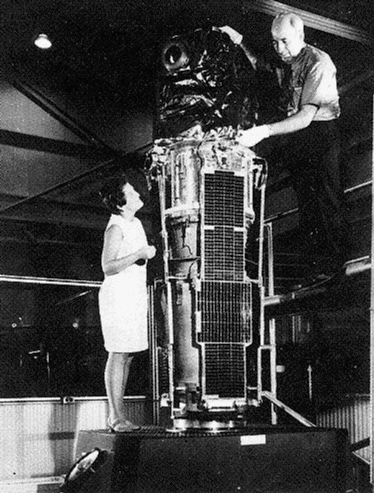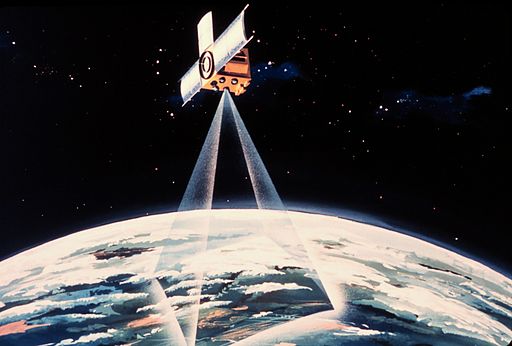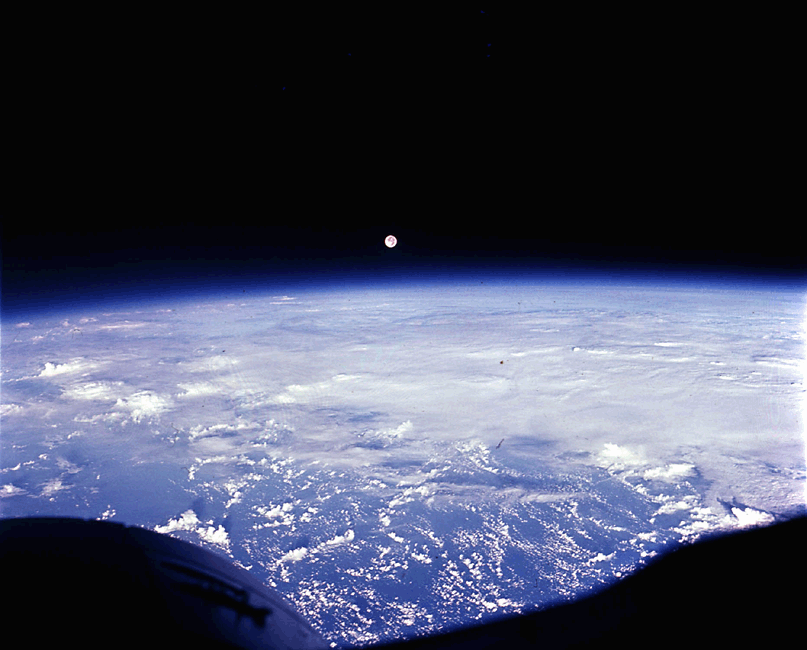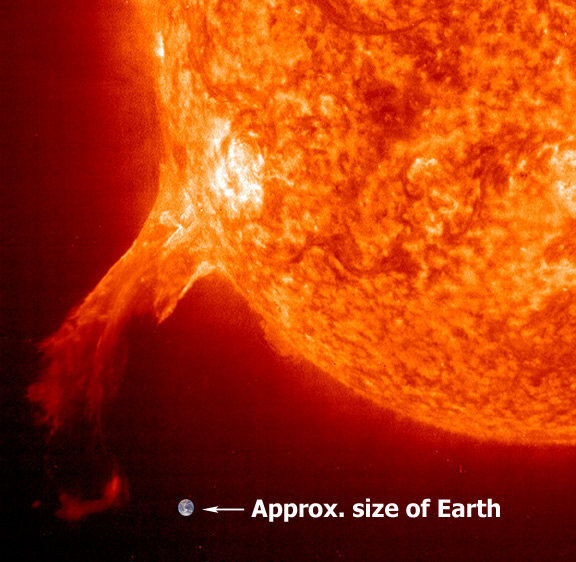This day in space history — November 26 — has a very international flair, with space activities involving countries around the world.
Forty-five years ago today, in 1965, France joined the “space launch club” by launching its first satellite, Asterix-1, on a Diamant-A launch vehicle out of Hammaguir, Algeria. (According to this Wikipedia article, the satellite was originally designated simply “A-1,” and later renamed after the famous French cartoon.) With this launch, France became the only nation other than the U.S.A. and the U.S.S.R. to launch a satellite with its own rocket.
On the same day, the U.S.S.R. launched Cosmos-97, a DS-type (Dnepropetrovsk Sputnik) military satellite, on a Kosmos-2 rocket out of Kapustin Yar.
And 35 years ago today, in 1975, the Peoples Republic of China launched the military photoreconnaissance satellite China-4 on a Long March CZ-2 launch vehicle out of Shuang Cheng-Tzu. China-4 was the PRC’s first retrievable satellite; its photo canister returned to earth ten days after launch and was recovered successfully.
And 25 years ago today — November 26, 1985* — the Space Shuttle Atlantis launched from the Kennedy Space Center on an international mission of its own.

(During STS-61B, astronaut Jerry Ross, on the Remote Manipulator System, works on the ACCESS [Assembly Concept for Construction of Erectable Space Structure] truss. NASA image.)
STS-61B included U.S. astronauts Brewster H. Shaw, Bryan D. O’Connor, Mary L. Cleave, Sherwood C. Spring, Jerry L. Ross, and Charles D. Walter, along with the first Mexican-citizen astronaut, Rudolfo Neri Vela. The crew launched three international communications satellites: Morelos-B for Mexico, Aussat-2 for Australia, and Satcom KU-2 for the U.S.
___
* The National Space Science Data Center lists the launch on November 27th, because the Zulu data had already changed when the shuttle lifted off at 7:29 p.m. EST on the 26th.



 by
by 


















